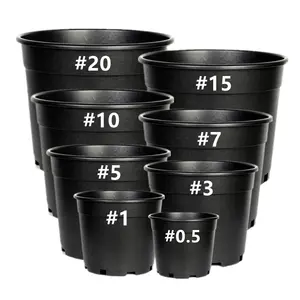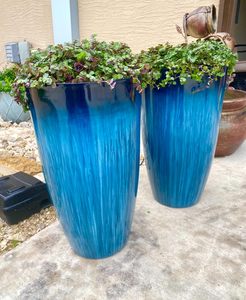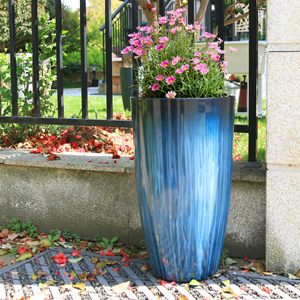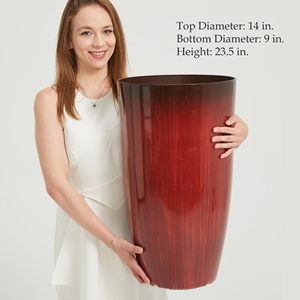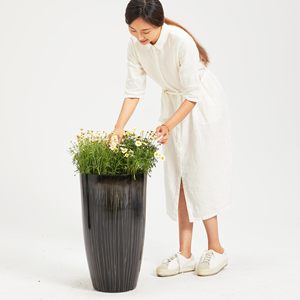Understanding Planter Diameter
The planter diameter is a critical measurement for any gardening enthusiast or professional looking to cultivate vibrant plants. It refers to the width of the pot or container used for planting, which can significantly affect the growth and health of the plants. Choosing the right planter diameter helps ensure that plants have adequate space for root development, access to nutrients, and proper drainage. In this section, we’ll delve into the types, specifications, and advantages associated with various planter diameters.
Types of Planter Diameters
Planters come in a variety of shapes and sizes, and the diameter is a fundamental aspect that defines their suitability for different plants. Understanding the types helps in selecting the right one for specific gardening needs.
- Small Planters (up to 10 inches): Ideal for herbs, succulents, and smaller houseplants.
- Medium Planters (10-14 inches): Perfect for accommodating a variety of indoor and outdoor plants, including some flowering species.
- Large Planters (14 inches and above): Suited for larger plants such as small trees or clusters of flowers; offers ample space for root spread.
- Specialty Planters: Includes options like hanging planters, self-watering planters, and vertical planters, each available in varied diameters to suit unique growing conditions.
Applications of Various Planter Diameters
The application of different planter diameters extends beyond mere aesthetics; it significantly impacts plant health and care routines. Here’s how various diameters fit into gardening practices:
- Container Gardening: Smaller diameters offer users the chance to experiment with container gardening, particularly in limited spaces.
- Greenhouses: Medium to large diameters are commonly used in greenhouses for growing larger plants with enhanced root systems.
- Commercial Applications: Businesses often utilize large planters for branding and aesthetics at entrances, requiring specific diameters for design cohesion.
- Urban Farming: Small to medium planters are increasingly popular in urban settings, maximizing planting opportunities in limited space.
Advantages of Choosing the Right Planter Diameter
Picking the appropriate planter diameter not only benefits plant growth but also enhances the overall gardening experience. Here are some notable advantages:
- Root Health: Sufficient space in planters promotes healthy root growth, preventing root binding and ensuring better nutrient absorption.
- Moisture Control: The right diameter helps manage moisture levels, reducing the risk of overwatering or underwatering plants.
- Design Flexibility: Choosing various diameters allows for creative flexibility in garden design, enabling gardeners to create visually striking displays.
- Ease of Maintenance: Large planters often require less frequent watering and fertilization, while smaller ones provide easier access for upkeep.
How to Choose the Right Planter Diameter
Selecting the right planter diameter can be a daunting task, especially with the plethora of options available. To streamline your decision-making process, consider the following factors:
- Plant Type: Research your plants' specific space requirements to ensure you provide a suitable diameter for optimal growth.
- Intended Location: Assess the space where the planter will reside; smaller diameters work well for indoor settings while larger ones suit outdoor gardens.
- Aesthetics: Consider how the planter's diameter will complement your space and aesthetic vision.
- Drainage Needs: Ensure your chosen diameter allows for effective drainage, particularly for larger planters that can retain more water.


